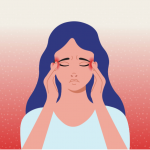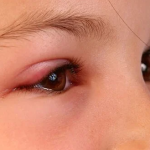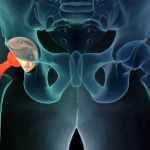Some age-related diseases catch you up when you are turning 40. But some of these diseases might counter you at an early age and cause trouble for you. One such disease is cervicogenic headache. If I tell you that we are the ones who invite them most of the time, it won’t be wrong, and sometimes we have some risk factors that cause cervicogenic headaches. Below is detailed information about the causes, symptoms, and treatment of cervicogenic headache—dive in now.
Table of Contents
What is a cervicogenic Headache?
The pain begins in the neck and radiates toward the head region is going to cause cervicogenic headaches. The pain is steady and dull. This ache can get worse. It originates from the cervical spine and spreads between the shoulder blades, behind the brows, and the forehead. The pain is unilateral and non-throbbing.
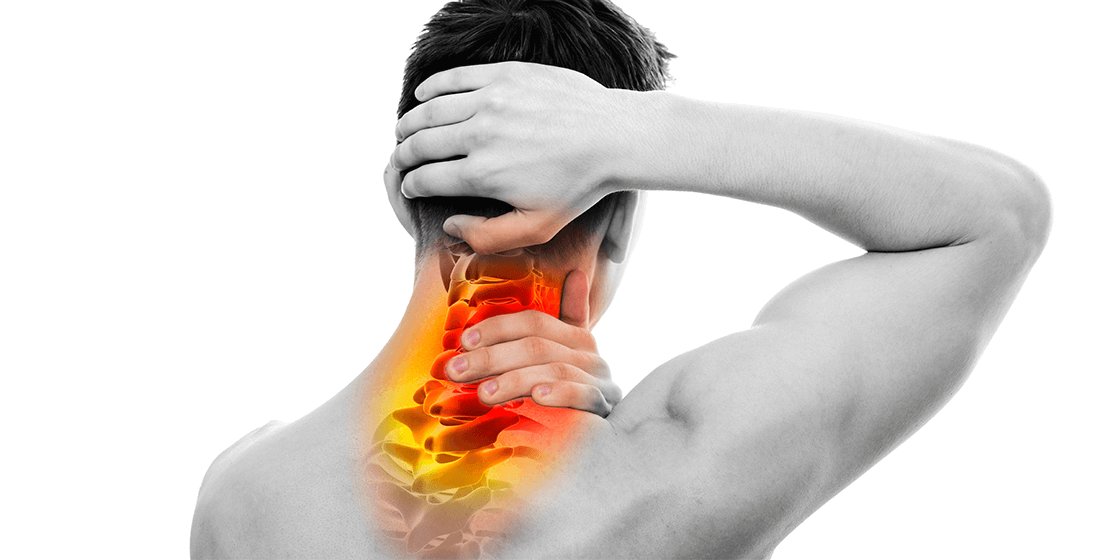
Causes
There are too many causes that can invite CGH into your lives. Once it comes to you, it will not go easily. So reasons behind cervicogenic headaches are given below:
- Injury: Any injury to the neck or shoulder area can cause severe pain in the head. The most common reason for the injury is a sudden fall or accident.
- Postural Defect: Postural Defects are those which we accumulate by our mistakes. People who sit, sleep or work in the wrong posture mostly suffer cervicogenic headaches. Sitting without the headrest or looking at your phone downwards all day long can cause this disease.
- Infection: Any viral or bacterial infection that affects the neck muscles can induce pain in the head and neck region, causing cervicogenic headaches.
- Certain Neck Movements: When a person is working, they can do some neck movements like rotating it clockwise or anti-clockwise. The sudden moments like turning back or looking down can sometimes create a muscle pull which starts pain and results in cervicogenic headaches.
- Underlying Disease: Some underlying diseases may cause cervicogenic headaches. The conditions like blood pressure and other medical conditions can keep you at risk of falling into the category of CGH.
Clinical Features
Here are some clinical features that will surely be there if the patient is suffering from cervicogenic headaches. The doctors must check for these symptoms first.
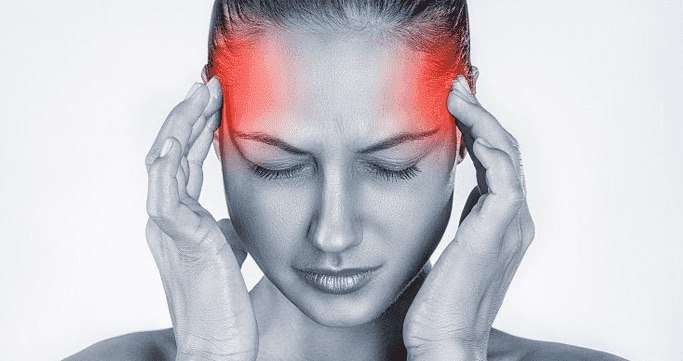
- The headache will be the main complaint of the patient, which will be sharp at some point but generally will be dull and continuous.
- Pain in the muscles of the neck is the origin of this disease. It will follow due to the above-given causes.
- Pain around the eye is a very common symptom. Due to the pain in the head region, the pain radiates and surrounds your eye.
- Blurred Vision: This is due to major headaches.
- Nausea
- Unilateral Pain is the sign of cervicogenic headache. The pain will only be on one side of the neck and never affect the other side.
- Sensitivity to light and noise
Risk Factors
Risk factors of any disease explain that if the person is already suffering from the given factors, the probability of him or her getting this disease is more than the others. The risk factors here are:
- Trauma: If the patient is suffering from trauma, like any injury in the neck region or the head, any fracture that is leading you to a bizarre posture to sit in, all of this increases your chance of developing a cervicogenic headache.
- Ergonomic Issues: Ergonomic issues are the postural defects that affect the spine and decrease the curvature to cause stiffness in the neck region.
- Infections: Certain infections are prone to affect the neck region, and the pain then gets radiated towards the head region, causing CGH.
- Arthritis: It is a very common feature. Arthritis comes with older age. If a person is already suffering from it, it will take no time for him to suffer from cervicogenic headaches.

Diagnosis
If the pain in the neck and head region is not leaving you for a very long time, it is time for you to get it diagnosed, as it can be a cervicogenic headache. The diagnosis which is done to confirm this disease is the following
- A clinical examination is done. The doctor checks the swelling in the neck region and checks for muscle pull or sprain in the region.
- Patient’s medical history: The patient’s medical history is taken to know whether the patient has gone through any trauma, infection, or injury. This leads us to know the cause of the cervicogenic headache and the patient’s perspective toward medicinal care.
- CT scan: There are CT Scans performed to get the knowledge about the headaches.
- MRI: MRIs are done to confirm any sort of infection or fracture near or in the region.
- X Rays are also taken as a confirmatory test to check the curvature of the spine.
Treatment
Three basic treatments should be performed and stay on your list if you talk about cervicogenic headaches.
- Physical Therapy: The patient should go through physiotherapy if he or she is suffering from cervicogenic headaches. Several massages and exercises are advised to give some relief to the muscles.
- Ergonomic Treatment: Due to their wrong posture, some people deleted the curve in the spine. To prevent this and cure this, the patient should rectify their posture. There are ergonomic chairs available that have headrests and armrests both. Sitting on it all day long will not affect you.
- Medicines: Medicines like NSAIDs, aspirin, muscle relaxants, antidepressants, and anti-seizure are given to the patient. They reduce the pain and help you to get a sound sleep.
Closure
So this was all about cervicogenic headaches, which are a very common disease nowadays. Every person going to the office or studying or doing household work faces this issue. When you know about this disease, if you have symptoms like those given above, get yourself diagnosed as early as possible.
I believe in creativity and try to express the same with my words. I enjoy writing and keeping myself in touch with the books.


